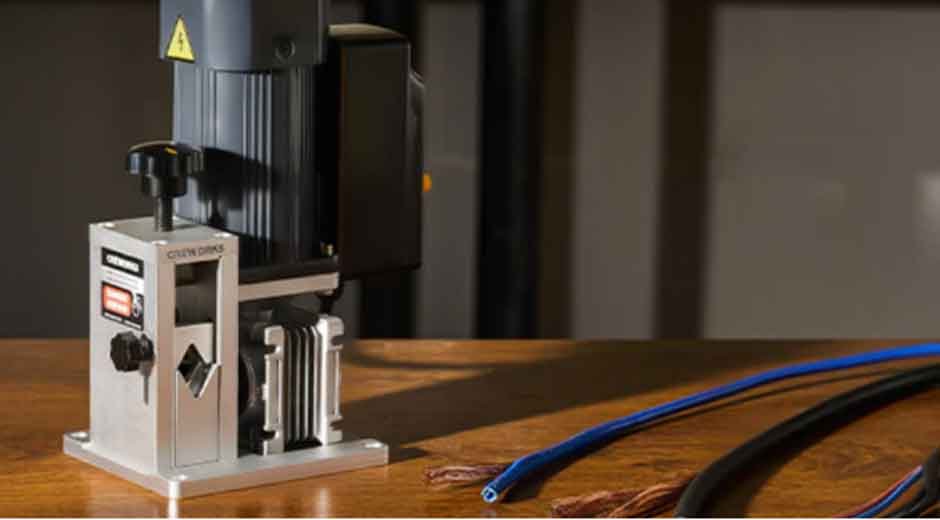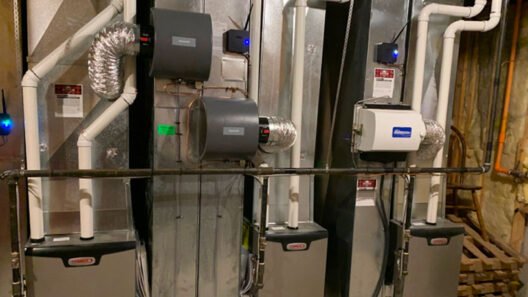When it comes to working with electrical projects or recycling scrap wires, stripping insulation can be one of the most time-consuming tasks. A wire stripping machine can transform that chore into a quick and efficient process, saving you valuable time and effort. But with so many options on the market, how do you know which machine is right for you? Let’s break it down step by step so you can choose the best wire stripping machine for your needs.
Understand Why You Need a Wire Stripping Machine
The first step is to think about how you’ll actually use the machine. Are you a DIYer who just needs to strip a few wires occasionally? Or are you working on larger projects, maybe even recycling scrap wire regularly for extra income? For professionals and recycling businesses, investing in a reliable machine is a no-brainer. Compared to manual wire stripping, a dedicated machine helps reduce labor, improves accuracy, and maximizes copper recovery.
Consider the Types of Wire Stripping Machines
Wire stripping machines come in different styles, each with its own strengths:
- Manual wire strippers– Simple and affordable, best for light, occasional use.
- Drill-powered or hand-crank models– A step up in efficiency, ideal for small to medium workloads.
- Automatic or electric machines– Designed for speed and consistency, perfect for frequent users or small businesses.
- Industrial-grade machines– Built for high-volume operations such as scrap yards, where durability and power are critical.
Choosing the right type depends on how often you’ll use it and the scale of your projects.
Match the Machine to Your Wire Types
Not all machines handle the same range of wires. Before buying, consider:
- Wire gauge– Will you be working with thin wires, thick cables, or both?
- Single-core vs. multi-core– Some machines are optimized for specific types.
- Insulation material– PVC, rubber, and other coatings can vary in difficulty.
The machine you pick should be versatile enough to cover the types of wires you encounter most often.
Key Features to Look For
Beyond the type of machine, certain features can make your work much easier:
- Adjustability– Lets you fine-tune for different wire sizes.
- Speed and efficiency– Especially important for high-volume stripping.
- Safety features– Guards and stable operation help protect you.
- Durability– A well-built machine pays off with longer service life.
- Portability– If you move between job sites, a lighter model might be best.
Budget and Cost Considerations
Wire stripping machines range from budget-friendly manual models to premium, industrial-grade setups. While it can be tempting to save money upfront, remember that efficiency and long-term durability often justify the higher investment. For example, a faster machine can pay for itself in labor savings and recovered copper value. Consider both your current needs and where your projects may grow in the future.
Brand and Support Matters
A machine is only as reliable as the brand behind it. A reputable brand ensures better performance, safer operation, and dependable support. Look for companies that provide warranties, replacement parts, and responsive customer service—this makes a big difference for long-term use.
For a trusted option, Creworks wire stripping machines offer a full range to suit your needs. Whether you prefer a manual model for small projects or an automatic machine for high-volume work, Creworks provides durable, efficient, and easy-to-use solutions backed by solid customer support. Investing in a reliable brand like Creworks means you can focus on your projects without worrying about performance or maintenance.
Tips for Making the Right Choice
Here are some final guidelines to keep in mind before making your purchase:
- Match the machine to your workload—don’t over- or under-buy.
- Start with a smaller model if you’re unsure, then upgrade as your needs expand.
- Read reviews and watch demo videos to get a sense of real-world performance.
- Think long-term ROI instead of just the initial price tag.
Conclusion
The right wire stripping machine can save you hours of effort while maximizing the value of your work. By considering your workload, wire types, machine features, and budget, you’ll be able to find the perfect fit.













